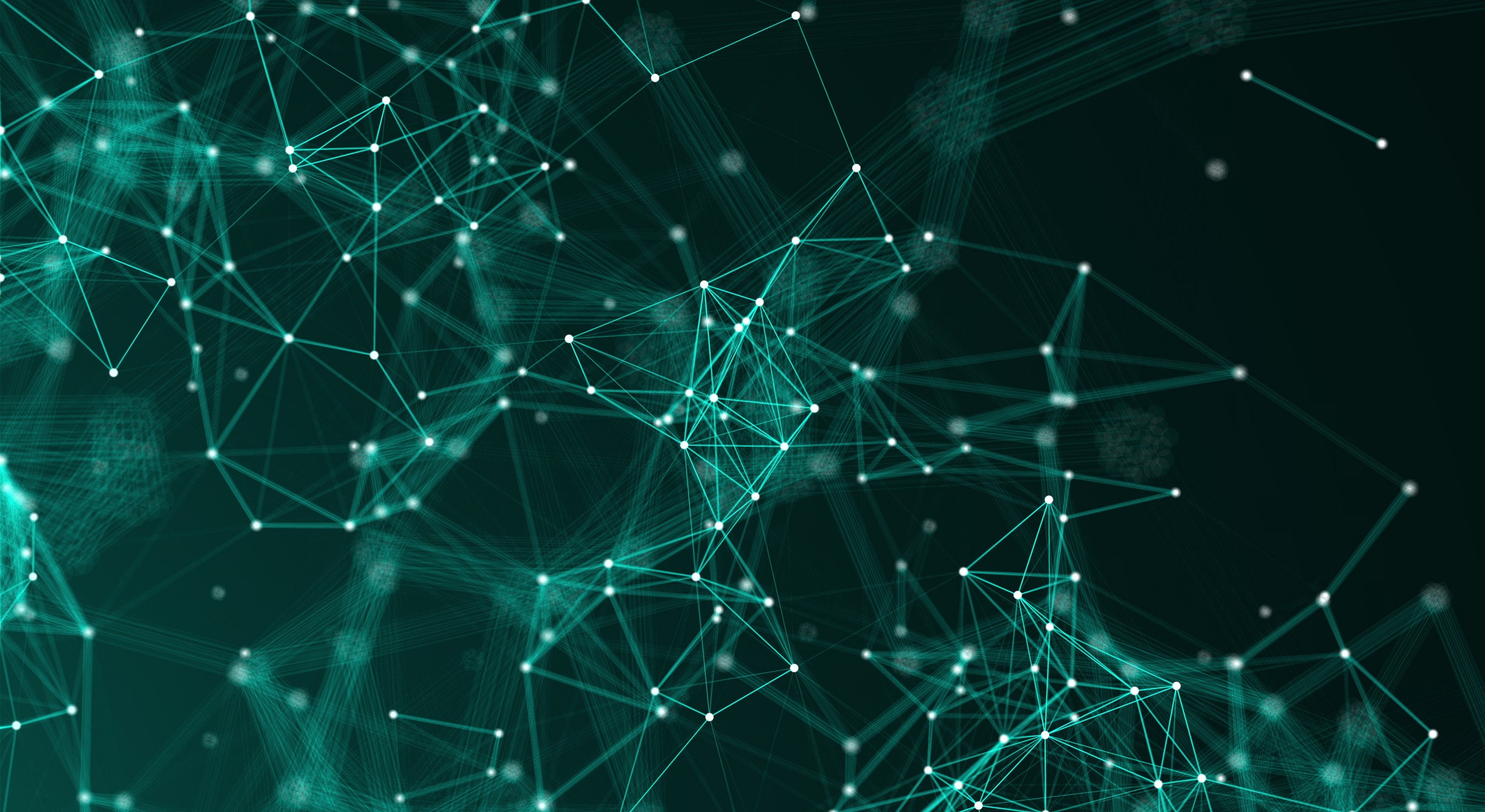Five things you need to know about edge computing

Five things you need to know about edge computing
As technology continues to advance, new models continue to emerge, shaping the digital world. One such evolution is edge computing, a revolutionary concept that is reshaping the way we process and manage data. In this article, we take you through 5 things you need to know about edge computing, from its definition to its impact on the industry and its impact on the future.

1. Define edge computing
At its core, edge computing is a decentralized computing approach that brings data processing closer to the data source. Rather than sending all data to a central cloud server, edge computing processes data locally at the “edge” of the network, typically on IoT devices or local servers. This reduces latency and improves real-time processing.
2. Latency reduction and real-time processing
A key advantage of edge computing is its ability to significantly reduce latency, the time it takes for data to travel between devices and servers. This is critical for applications that require real-time response, such as self-driving cars, industrial automation, and telemedicine procedures.
3. Strengthen data privacy security
By processing data locally, edge computing minimizes the need to transmit sensitive information over long distances. This inherently enhances data privacy and security, reducing the risk of sensitive data being exposed to potential leaks during transmission.
4.Influence of industry
Edge computing is revolutionizing industries such as manufacturing, healthcare, transportation, and retail. In manufacturing, real-time analytics on the factory floor optimize production processes. In healthcare, remote patient monitoring and real-time data analysis enable faster intervention. In retail, edge devices personalize the customer experience and simplify inventory management.
5. Future landscape
The proliferation of IoT devices and the growth of applications requiring real-time processing are driving the expansion of edge computing. As more devices connect and generate data, the need for localized processing power will continue to rise. This trend will lead to the development of robust edge infrastructure and the integration of edge and cloud resources.
in conclusion
Edge computing is reshaping the way we think about data processing, bridging the gap between the physical and digital worlds. Its ability to reduce latency, enhance data privacy, and bring real-time processing to various industries makes it a key technology for the future. As we embrace the era of IoT and connected devices, understanding edge computing is critical to staying at the forefront of technological advancements.